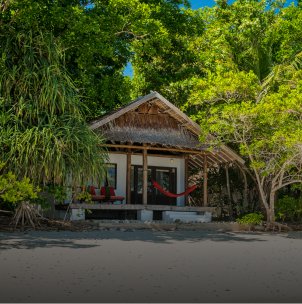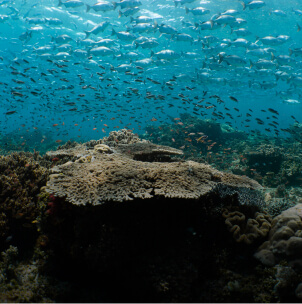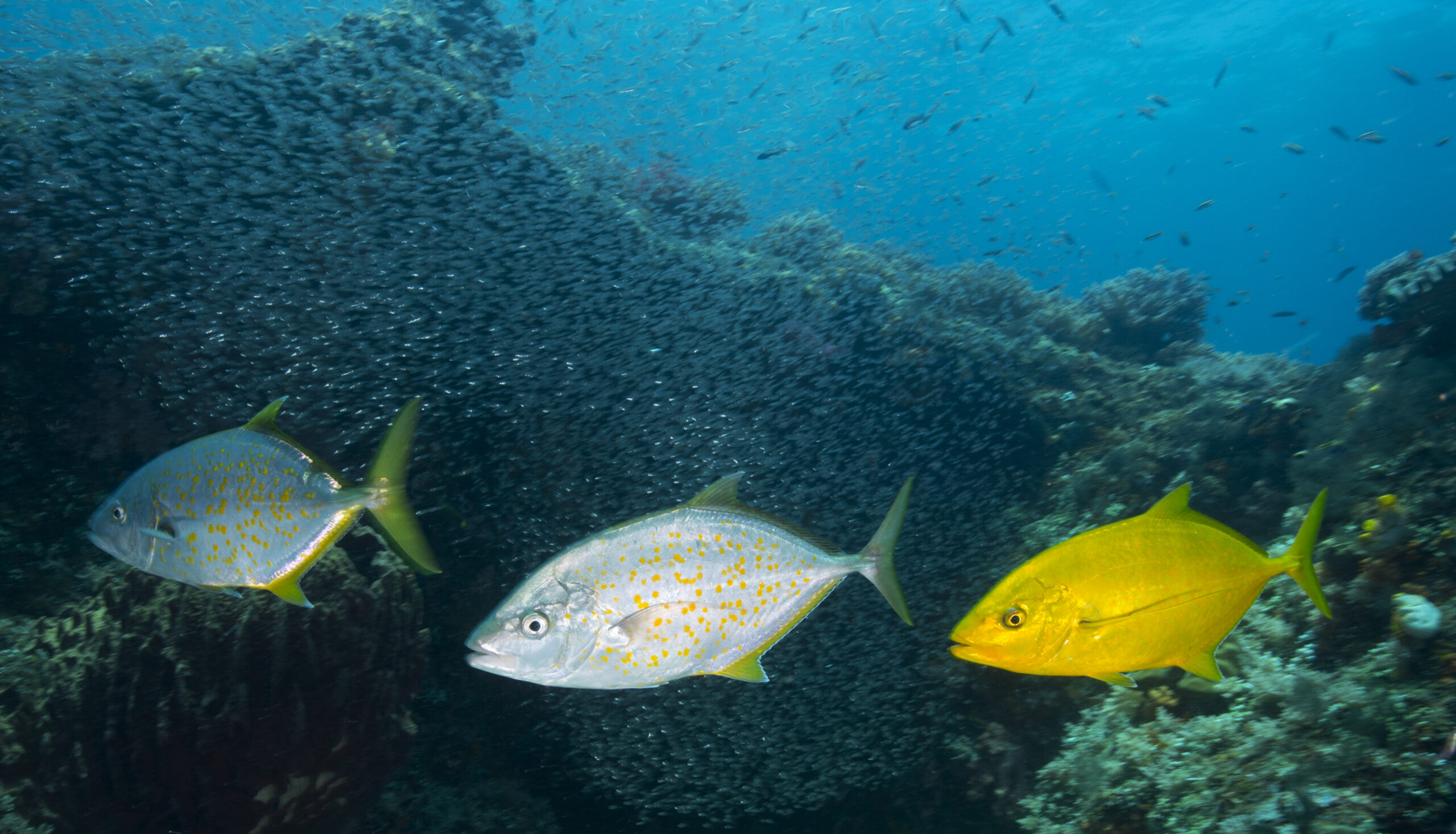
The Raja Ampat Research and Conservation Center (RARCC) aims to protect and preserve Raja Ampat’s natural beauty, encourage, assist and facilitate research on its flora and fauna, combat poverty among the local population, teach local communities about sustainable use of their natural resources, promote green awareness among the local population and assist them to work in sustainable tourism.
The RARCC works closely with the local Papuan people to provide them with more sustainable alternatives and education, encouraging them to abandon destructive practices such as illegal logging, blast fishing, shark finning, and turtle poaching.
Some projects include coral farming and coral reef restoration. Results include spectacular environmental growth in the house reef which is now part of the richest reef in the world.
- Environmental Projects: With support from Papua Diving Resorts, regular patrols have put an end to shark finning, turtle hunting, and destructive fishing activities while creating awareness amongst guests and staff.
- Kayak 4 Conservation: An initiative to promote sustainable tourism in Raja Ampat by creating jobs that adhere to sustainability, helping the local people to start their own businesses by giving them interest-free loans to build homestays.
- Community Projects: Teaching the villagers how to grow their own crops and how to harvest with the least possible impact on the environment in order to supply their families with healthy foods.
- Batanta Education Center: Established to provide the necessary education for the children of a remote village in Sauwandarek, where they now have a total of 3 classrooms, 3 teachers and 66 students.
- Re-Shark Project: The first zebra shark hatchery in Raja Ampat was built here on Kri Island - the eggs hatched three zebra shark pups, which were tagged and then released when they became juveniles.
Sustainable Diving: Together with dive operators, other tourism businesses in Raja Ampat and the local community to adopt and implement sustainable diving practices. This includes using environmentally friendly equipment, minimizing their impact on the environment, and educating customers about marine conservation.

























